
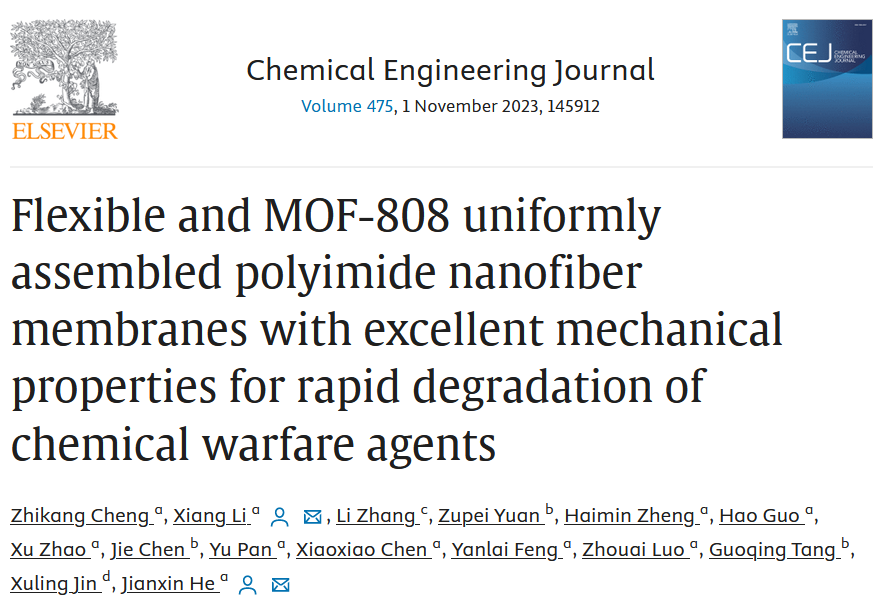
Breathable and self-decontaminating protective clothing is crucial for preventing human casualties from caustic agents. Recent wars and terrorist attacks have spurred focus on the research of efficient decontamination materials for chemical warfare agents. Zirconium-based Metal-Organic Frameworks (Zr-MOF) have been shown to efficiently degrade CAWs, but their powdered form limits their application in individual protection. It remains a challenge to firmly anchor Zr-MOF onto fiber materials to form flexible protective fabrics.
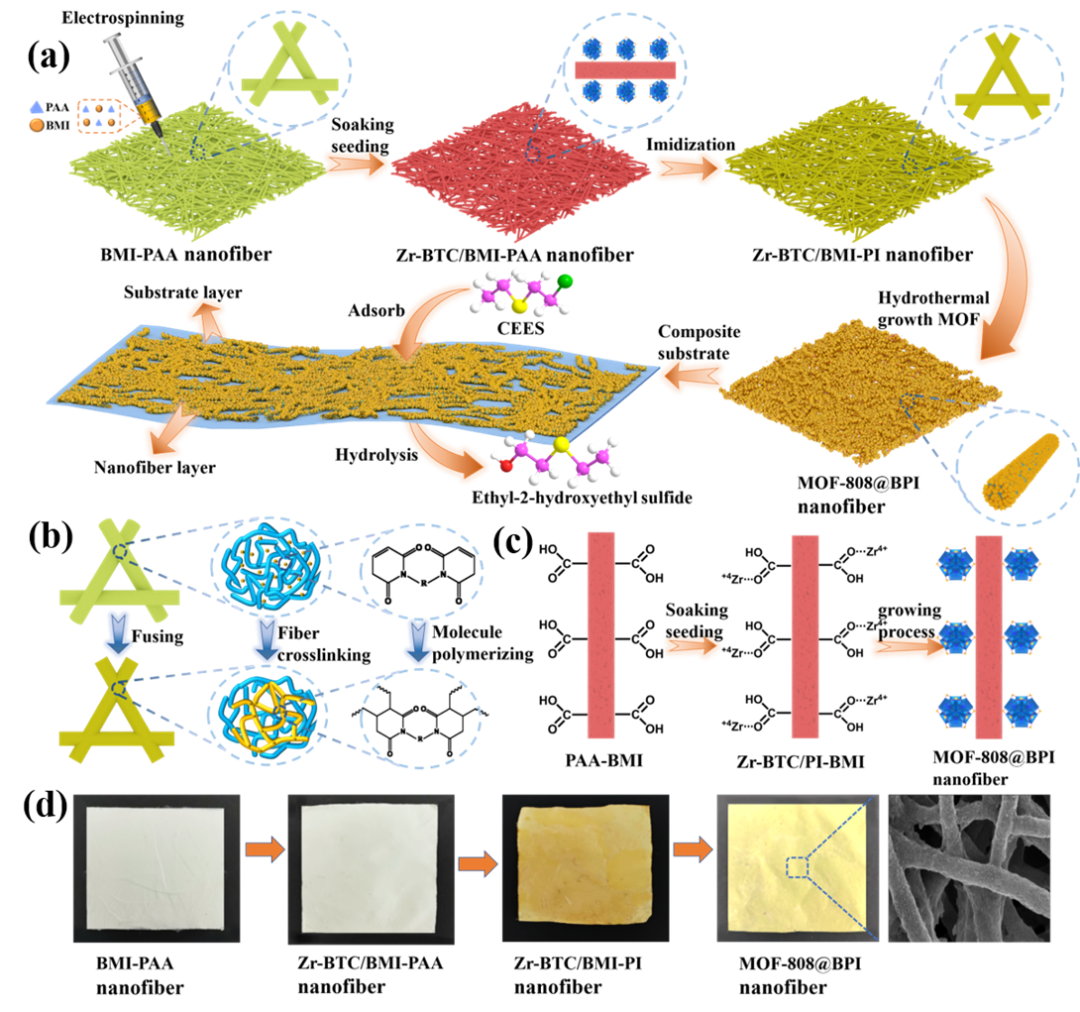
Figure 1: Design of MOF-808@BPI nanofiber membrane material.
Recently, Professor He Jianxin’s team from Zhongyuan University of Technology published their latest research results in the journal Chemical Engineering Journal titled “Flexible and MOF-808 uniformly assembled polyimide nanofiber membranes with excellent mechanical properties for rapid degradation of chemical warfare agents“. Zhongyuan University of Technology is the first author unit, and the first author of the paper is Cheng Zhikang, a master’s student from the Textile and Apparel Research Institute, with Professor He Jianxin and Lecturer Li Xiang as corresponding authors. The research combines electrospinning technology, in-situ thermal crosslinking technology, and in-situ growth MOF technology to efficiently anchor MOF onto polyimide nanofibers, providing a simple and reliable new solution for the development of self-disinfecting materials.
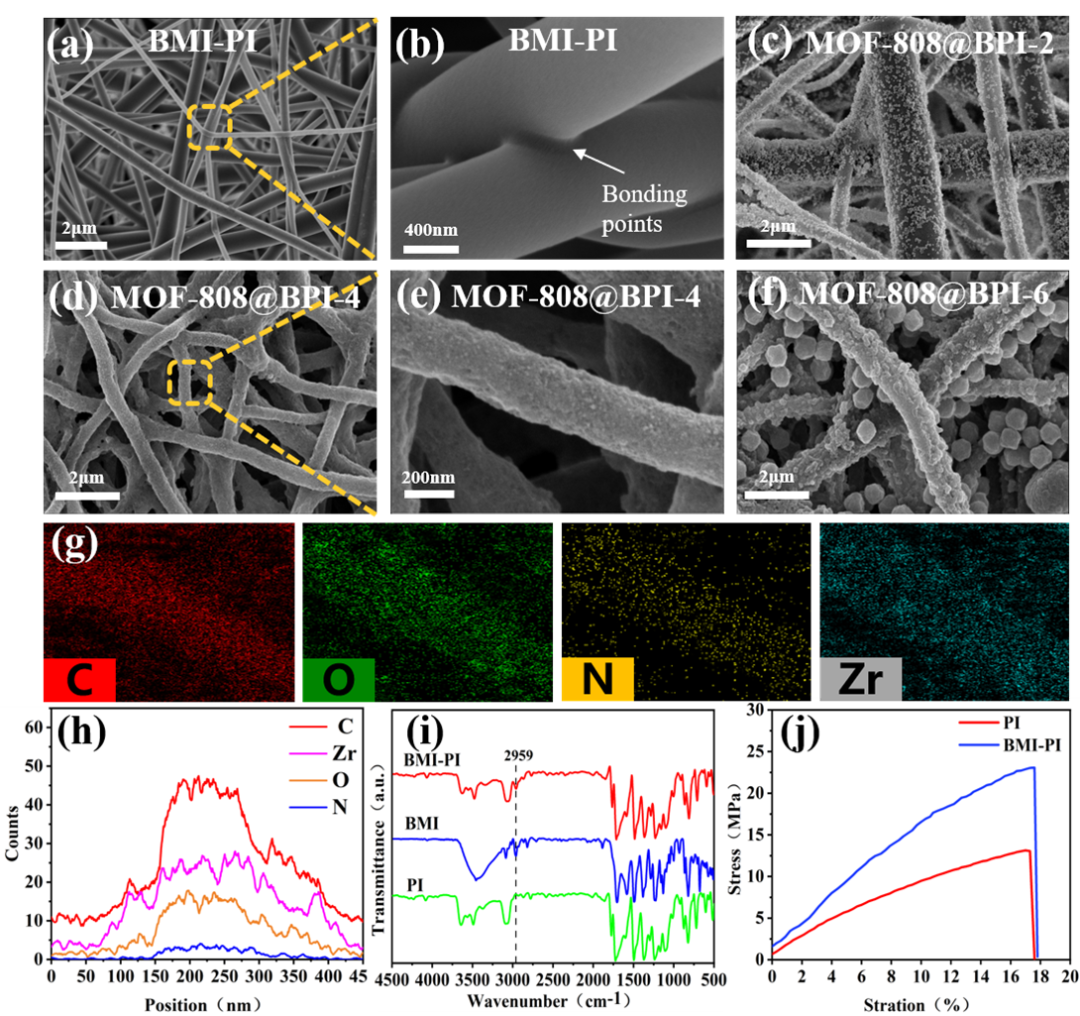
Figure 2: Structure of MOF-808@BPI nanofiber membrane.
The team prepared a high mechanical strength polyimide nanofiber membrane with uniformly stable loading of MOF-808 by combining electrospinning technology, in-situ thermal crosslinking technology, and in-situ growth MOF technology, with significant cross-linked structures formed between the fibers, showing a uniform loading of MOF on the fibers.
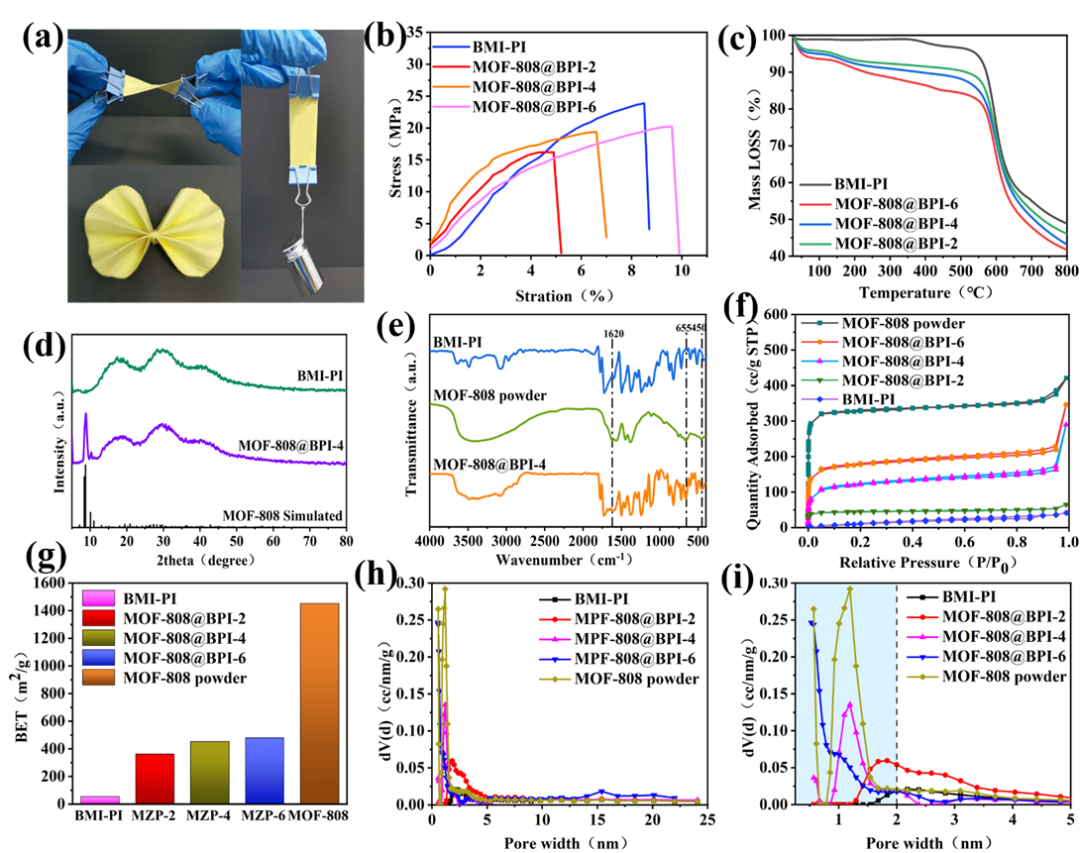
Figure 3: Characterization and mechanical properties of MOF-808@BPI nanofiber membrane.
Structural characterization tests show that MOF-808@BPI nanofiber membranes have excellent high-temperature stability and good specific surface area with rich pore distribution, with most pores mainly distributed within 2nm, providing a good basis for the adsorption and decontamination of chemical warfare agents. Meanwhile, the mechanical strength after crosslinking reaches 20MPa, meeting the requirements for wearable fabrics.
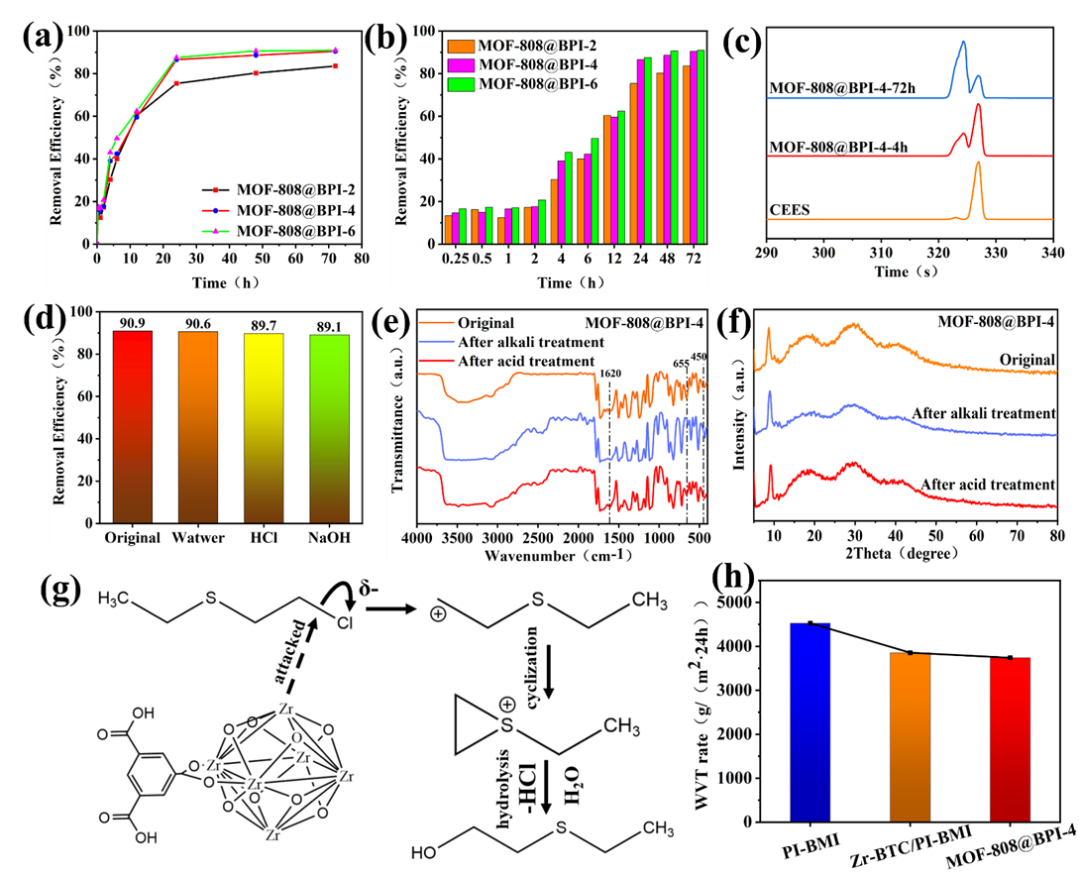
Figure 4: CEES decontamination performance.
Experiments on chemical warfare agent decontamination show that the MOF-808@BPI nanofiber membrane exhibits good decontamination performance. Under normal temperature and pressure conditions, the decontamination efficiency for the mustard gas simulant CEES can reach 90.9%, with the efficiency remaining largely unchanged after acid-base treatment, demonstrating good chemical stability.
The authors developed a MOF-808@BPI nanofiber self-disinfecting material by combining electrospinning technology, in-situ thermal crosslinking technology, and in-situ growth MOF technology, which shows good decontamination performance for chemical warfare agents while achieving fabric softness and high mechanical strength. This work provides novel design and manufacturing ideas for self-disinfecting protective fabrics.
Paper link: https://doi.org/10.1016/j.cej.2023.145912
[END]


Hydrogels + Micro/Nanofibers, Developing High-Performance New Composite Materials
Professor Xu Lizhi from the University of Hong Kong AFM: Self-assembled nanofiber hydrogels with adjustable network heights for solar desalination of high-salinity seawater
Associate Professor Wang Chongqing from Zhengzhou University: Review of the conversion of waste plastics into valuable carbon materials
If you are interested in technological advances and industry interpretations in the nanofiber industry, you can add the editor as a friend (WeChat ID:espuncn), and join the Yisibang family.